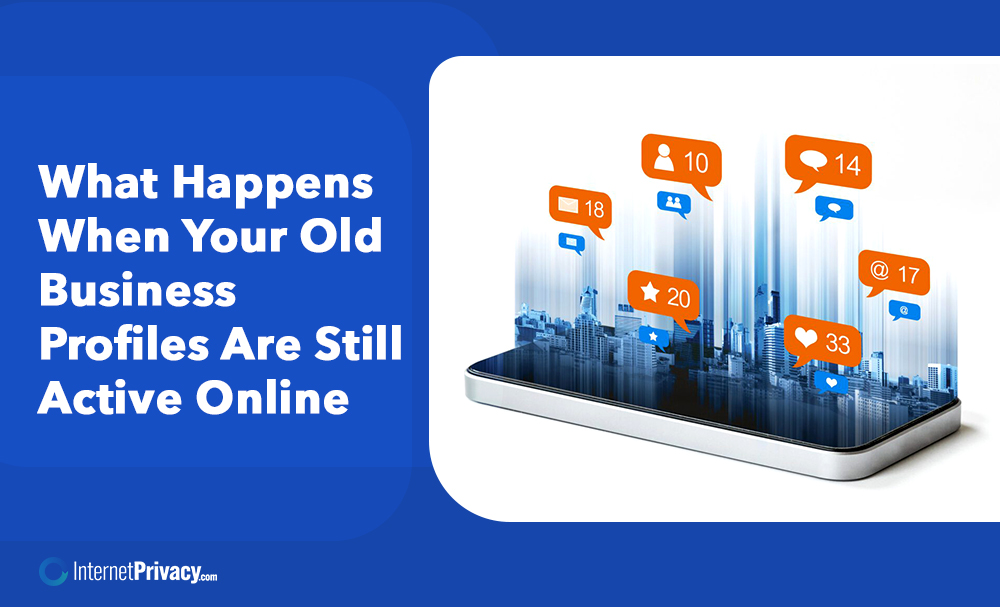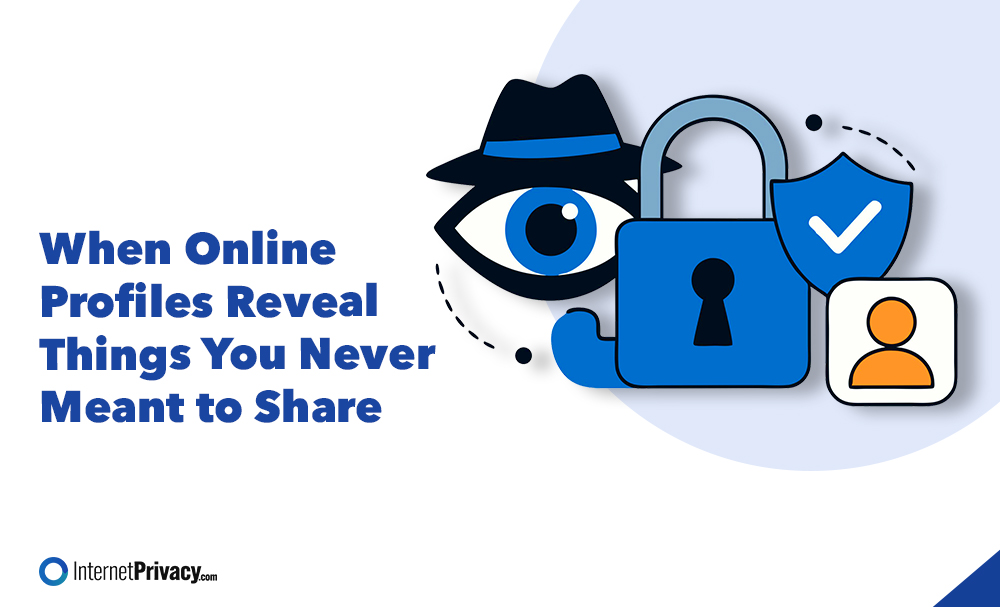What Happens When Your Old Business Profiles Are Still Active Online

If you’ve ever searched for a company and found an address that no longer exists or outdated contact details, you know how frustrating it can be. Now, imagine your potential customers encountering that experience with your business. Outdated business profiles don’t just confuse people—they can damage trust and slow your growth.
Whether it’s your listing on Google, Facebook, Yelp, or an industry-specific site, keeping your business information current is more than a good habit—it’s essential. Let’s walk through why outdated profiles stick around, what problems they cause, and what steps you can take to fix and prevent them.
Why Old Business Profiles Stick Around
Outdated business listings often linger online due to one simple reason: no one is actively managing them. When businesses change addresses, update services, or close certain locations, their online profiles are not always updated to reflect these changes.
Many platforms let users create business listings without verifying ownership. That means someone may have set up your business profile years ago, and it hasn’t been touched since. If the business name, address, or category changes but no one updates the platform, that version remains public. Customers may still find it in search results.
Sometimes, outdated profiles result from:
- Forgotten or unmonitored Facebook pages
- Unclaimed listings on directories
- Former partners or employees who originally created the profile
These neglected listings continue to circulate, and worse, they often outrank newer, more accurate versions—especially if the old version has reviews, a history of updates, or a longer online presence.
The Risks of Outdated Business Information
When your business information is incorrect, potential customers can get the wrong impression—or never reach you at all.
Here’s what can go wrong:
- Missed customers: Someone calls an old number or visits an outdated location.
- Bad first impressions: A dated logo, mismatched description, or outdated menu can make your business appear inactive.
- Negative reviews: Frustrated users may leave poor feedback based on outdated information, which can be misleading.
- Lower search rankings: Search engines favor profiles that show signs of activity, relevance, and accuracy.
Let’s say someone is searching for services in your industry, and your profile appears with an outdated address and no active website link. Chances are, they’ll move on to another business.
How to Identify Old Business Profiles
Finding your old or incorrect profiles isn’t always straightforward, but it’s doable. Start by searching your business name and variations of it on Google. Look through multiple pages of results.
Check these platforms:
- Google Search & Google Maps
- Facebook business pages
- Yelp and other local directories
- LinkedIn company pages
- Niche sites in your industry
Search using your business name, fax number, former contact info, and any old website URLs. Then create a list of all the profiles you find. Note which ones are accurate, which need edits, and which should be removed.
Steps to Update or Remove Business Profiles
Once you’ve found old listings, it’s time to clean them up. Here’s how to handle it:
1. Claim Ownership
If you don’t already control the profile, start by claiming it. Most platforms have a “Claim this business” or “Are you the owner?” button. You will need to verify ownership, typically by email, phone, or mail.
2. Update Key Information
Once you’re in, make sure to edit the following information:
- Business name
- Address and regions served
- Website and contact details
- Description of your services
- Operation hours
- Business category
Use the “tap edit profile” or “edit details” button to begin. Fill out each section clearly, ensuring that your description, products, and services accurately reflect your current offerings.
3. Delete or Request Removal
If the listing is no longer needed—like if a location is permanently closed—submit a removal request. Some platforms allow you to mark a business as “closed” or transfer ownership if a former employee or partner created it.
4. Align Across Platforms
Consistency is key. Your Google Business Profile should align with your Facebook page, website, and other online listings. This not only builds customer trust but also helps you rank better in local search results.
Ongoing Management: How to Prevent the Same Problem in the Future
The best way to prevent your profiles from going stale is to establish a system that incorporates profile updates into your regular operations.
Here are a few ways to stay on top of your online presence:
- Set reminders to audit your profiles every quarter.
- Keep a shared log with links to all your business profiles and update dates.
- Train your team or assign a point person to manage profile changes.
- Use Google Alerts to monitor your business name for new listings or mentions.
When your business changes—whether it’s your hours, your location, or even the business category you fall under—your profiles should reflect it. Update promptly to avoid confusion.
Final Thoughts
Your business profiles are often the first place customers find you. If the information there is wrong or outdated, it can lead to lost sales and a damaged reputation.
Think of each profile as a digital storefront. You wouldn’t leave a brick-and-mortar store with faded signs or locked doors—so don’t leave your online listings untouched for years.
Make it a habit to regularly view, follow, and edit your business profiles. That small investment of time helps your business appear more professional, trustworthy, and ready to serve.
The steps are straightforward, the tools are readily available, and the impact is tangible. Accurate business information fosters a stronger connection with your customers, keeps your brand relevant, and helps you grow, both online and offline.





